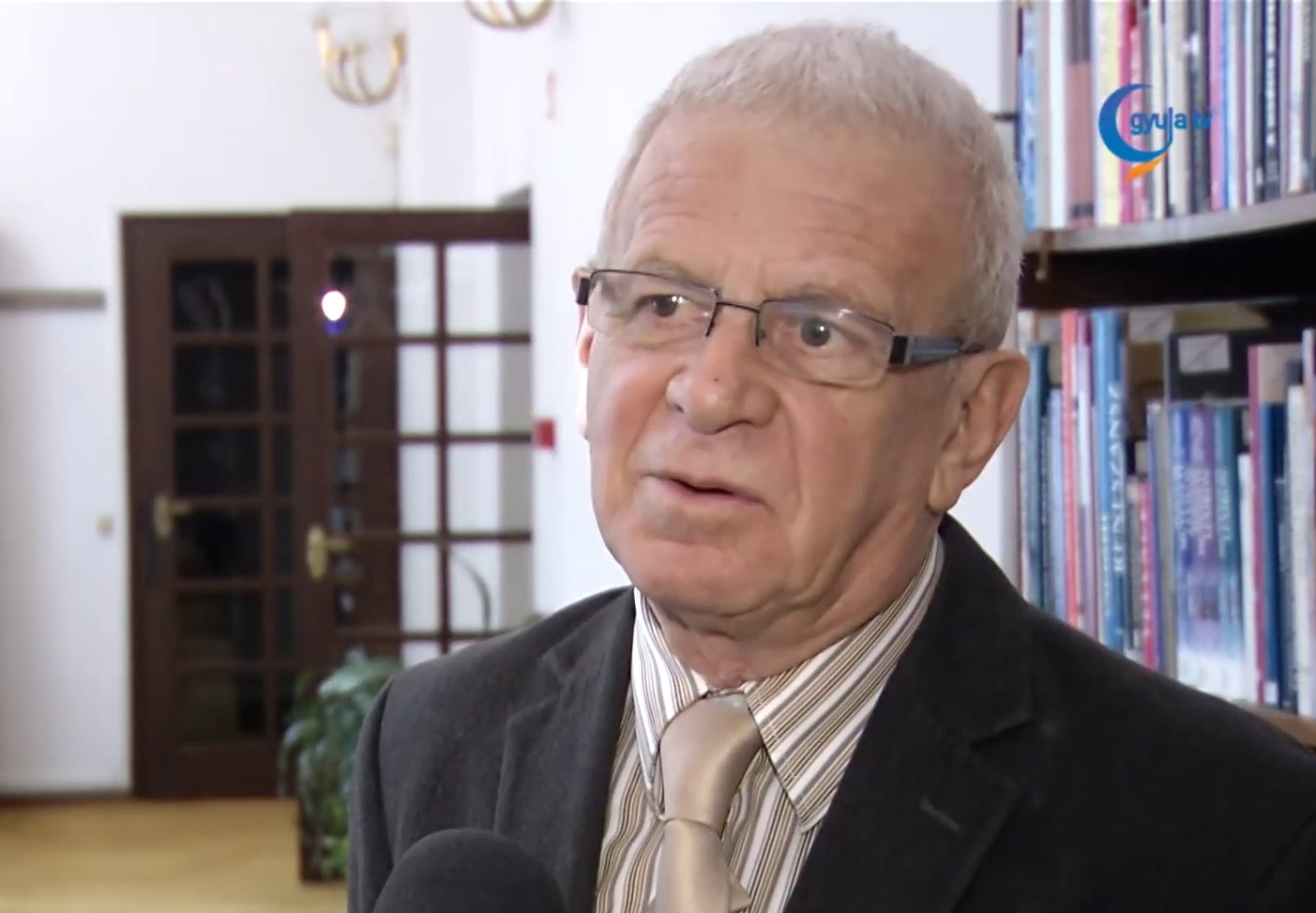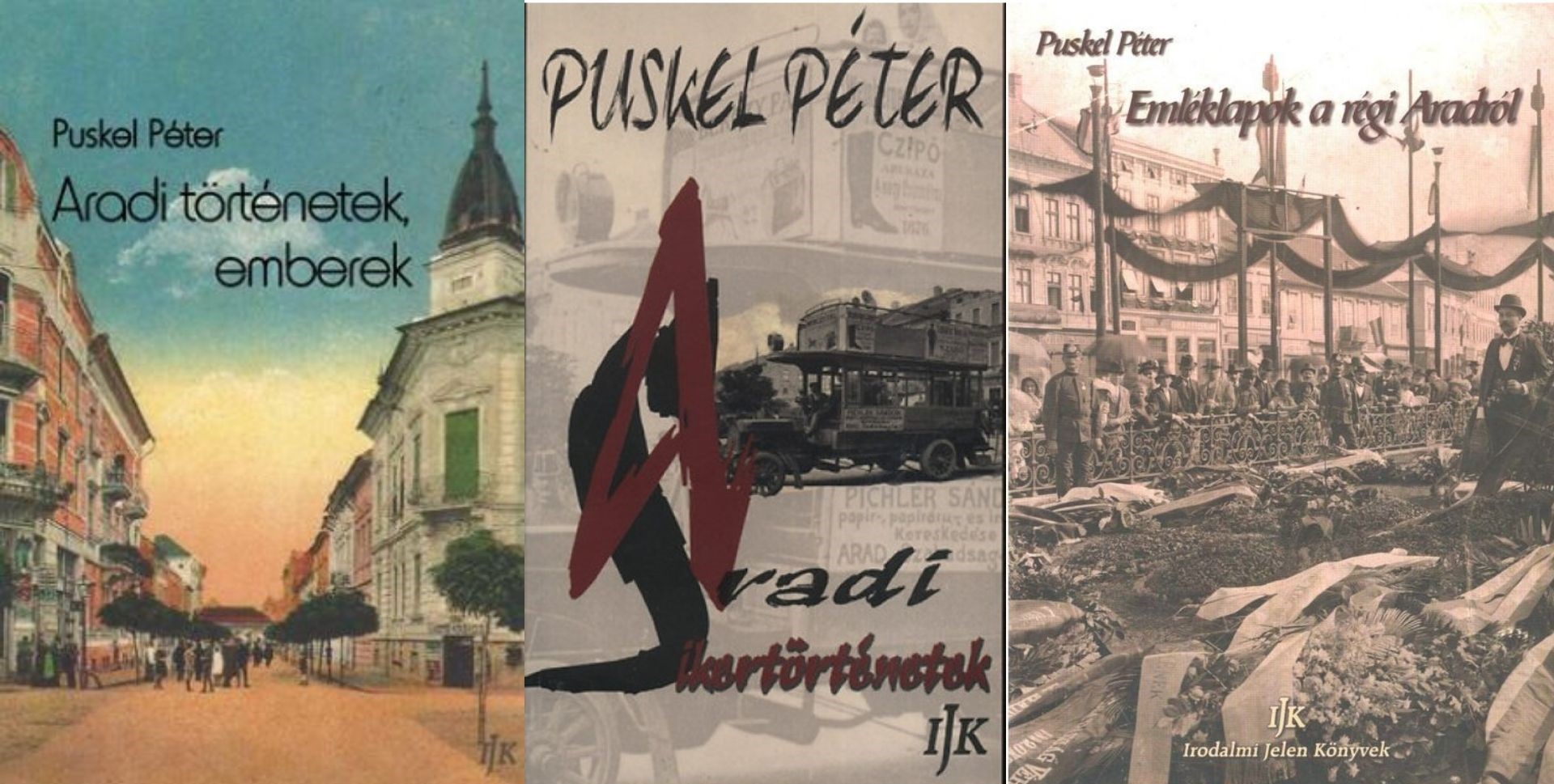Publicist and local historian Péter Puskel celebrated his 80th birthday last week. Born in Arad, he has focused his last five decades of work on uncovering the industrial history of the city, writing about its press history, and collecting anecdotes related to the 13 Martyrs executed here in 1849.

Péter Puskel was born into a family of typographers in Arad on April 16, 1941; by his own admission, he learned how to read before learning to speak. After getting his university degree in Temesvár (Timișoara), he worked as a teacher for four years in a small village in Arad County, near the Hungarian border, called Kisiratos (Dorobanți). Then in 1968, he became an associate of the Hungarian-language Arad County newspaper, Vörös Lobogó (“Red Flag”), editing the literature and education columns. After the fall of communism, the newspaper got back its original name: Jelen (“Now”), which later changed to Nyugati Jelen (“Western Now”), which Puskel still publishes despite being retired for 18 years.
While working as a journalist, he realized that newspaper articles are ephemeral, as yesterday’s newspaper is only a worthless piece of paper. This was when he decided to create something more everlasting and started to research the history of his hometown.
“I had always been guided by my love of Arad and the protection of the – mainly Hungarian – heritage sites of Arad and the city’s architectural and intellectual heritage.”
– said the local patriot in April 2018 in his thank-you speech, after the county council appointed him to be the cultural ambassador of Arad County.

“Already as a little child, I was very interested in journalism, and I regularly went into the printing house, which I had heard a lot about [..] from my grandfather and my father,” he explained in an interview on Temesvár Radio three years ago, after being appointed a cultural ambassador.
To the question as to how his attention turned toward researching the city’s history, he replied: “I had always been interested in the history of the city and its architectural heritage, and anywhere I had been, I had always compared what I saw to Arad — whether it was nicer or better than my hometown, or were we doing things better? I had an inner motivation for doing it.”
Péter Puskel started his work with a series of articles about Arad’s old buildings, illustrated with photos, in the county newspaper. Then during his five decades of research, among others, he wrote 17 books on this topic and contributed as a coauthor to at least another 17.
Title image: Péter Puskel giving his thank-you speech three years ago, after the Arad County Council appointed him as their cultural ambassador. April 13, 2018 (Image: lukarad.ro)